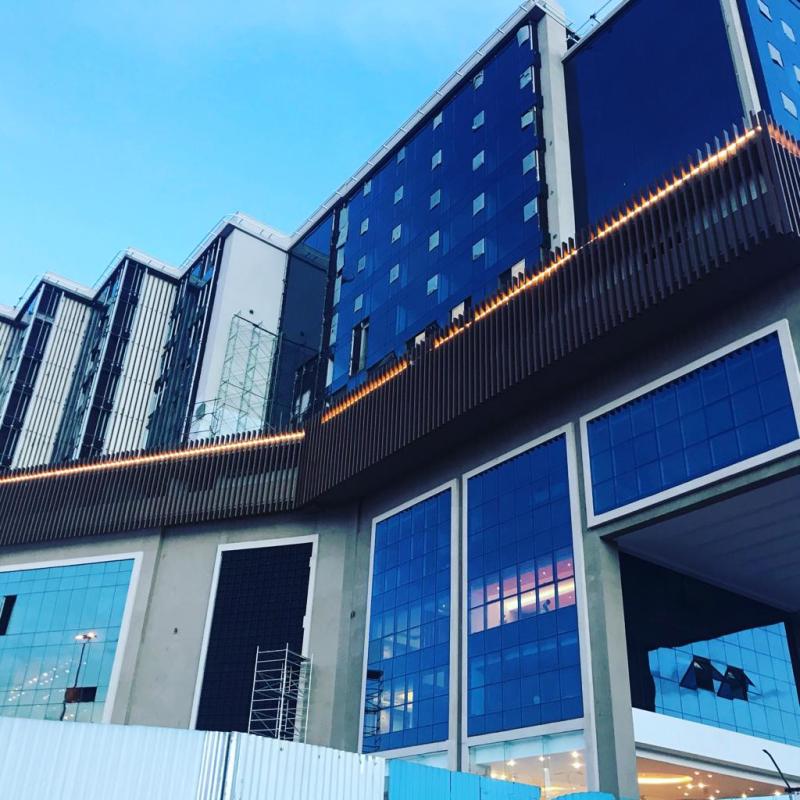×
The Standard e-Paper
Truth Without Fear

NAIROBI, KENYA: Radisson Blu, Kempinski, Movenpick, Best Western and Marriott are some of the big boys that have become household names in Kenya.
Equally noticeable too is how some of the country’s homegrown establishments have engaged the top gear in their quest to match the global stars.







